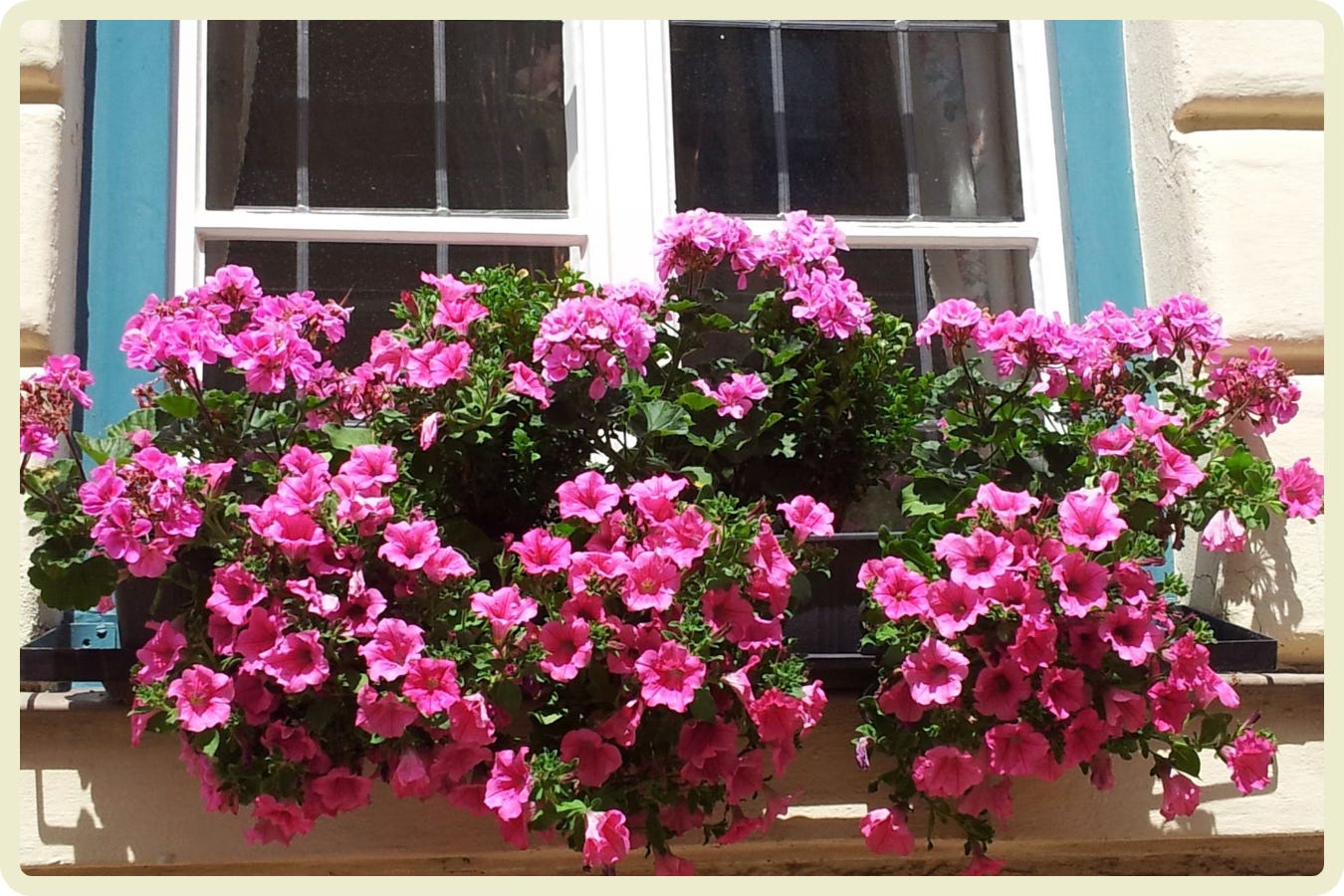No Geraniums Yet—Blame the German Ice Saints
When spring takes a break, the saints take the blame: a cold snap, a broken heater, and a very German weather tradition.
I've had another stroke of luck—my old pellet heating system broke down again on Friday. But what’s even worse is that it has gotten cold again. In May, you ask?
For many people in North America, this is the time when trees start to grow their first green leaves. And in some southern regions, we can hardly even call it spring anymore. In Europe, of course, climate conditions vary greatly. While in the Mediterranean, the weather and plant life are already transitioning into early summer, it remains chilly in the northern parts of Europe.
The Gulf Stream warms some regions along the Atlantic coast to the extent that ideal conditions for plant growth exist there. The Gulf Stream acts as the heating system for much of Central and Northern Europe; without it, many areas would be significantly colder.



Here, near Frankfurt, where I live at the edge of the Odenwald, we generally enjoy mild weather. The area stretching from Frankfurt to Basel, Switzerland, is considered one of the warmest regions in Germany. Along the Rhine, which runs through this whole area, lie several well-known and lesser-known low mountain ranges. On the eastern side of the Rhine are the Odenwald—where I am—and further south, the world-famous Black Forest. Yes, the land of Black Forest cake and cuckoo clocks! On the western side are the Palatinate Forest (Pfälzerwald) and the French Vosges mountains.









But let me finally get to the point: it’s gotten cold again. And these are the final days of the year when frost can still surprise us. In Germany, we refer to these days as the Ice Saints—the Eisheiligen.
Keep reading with a 7-day free trial
Subscribe to ✳Be bold. Take charge. Embrace life. to keep reading this post and get 7 days of free access to the full post archives.





